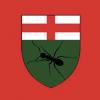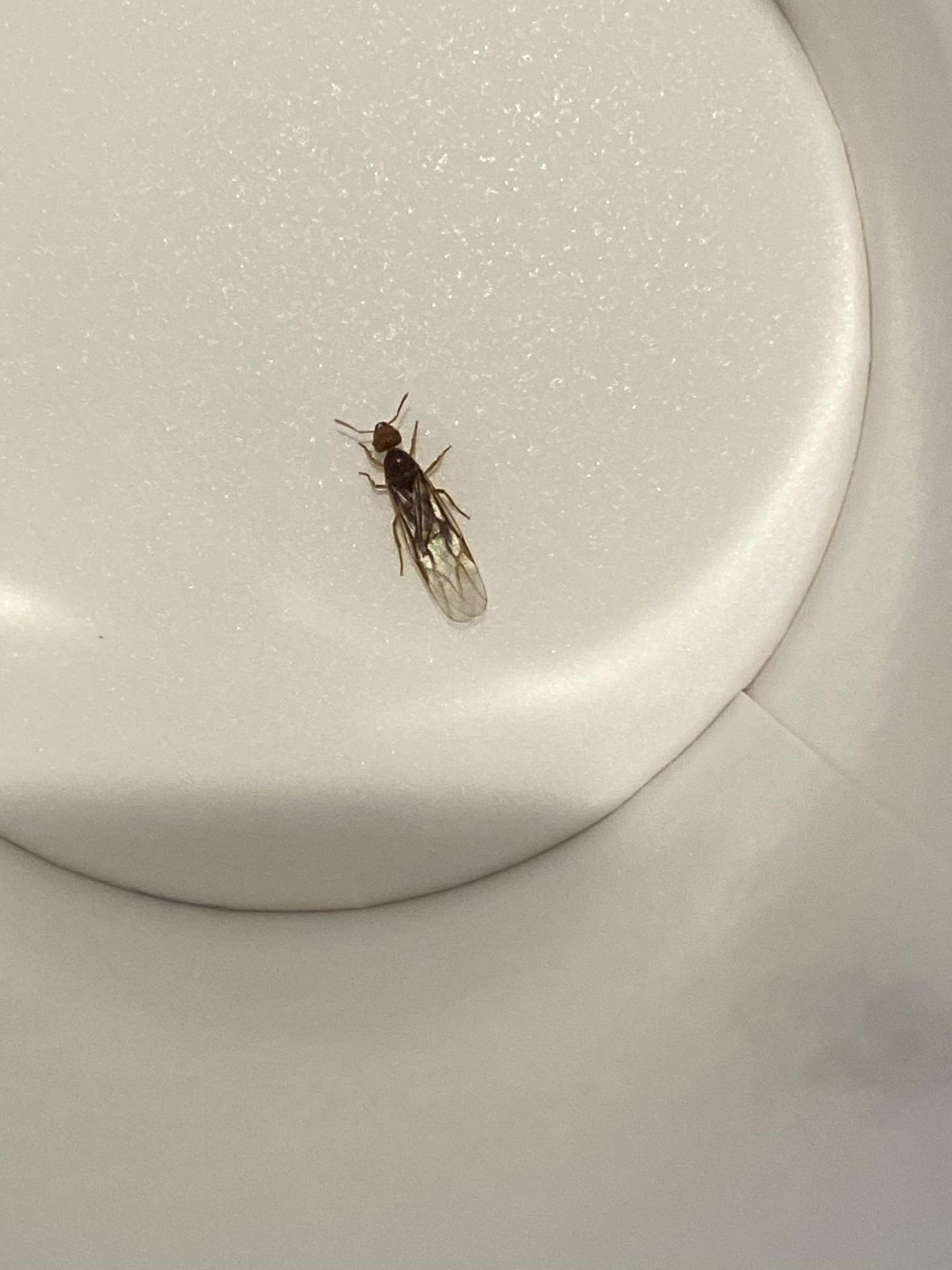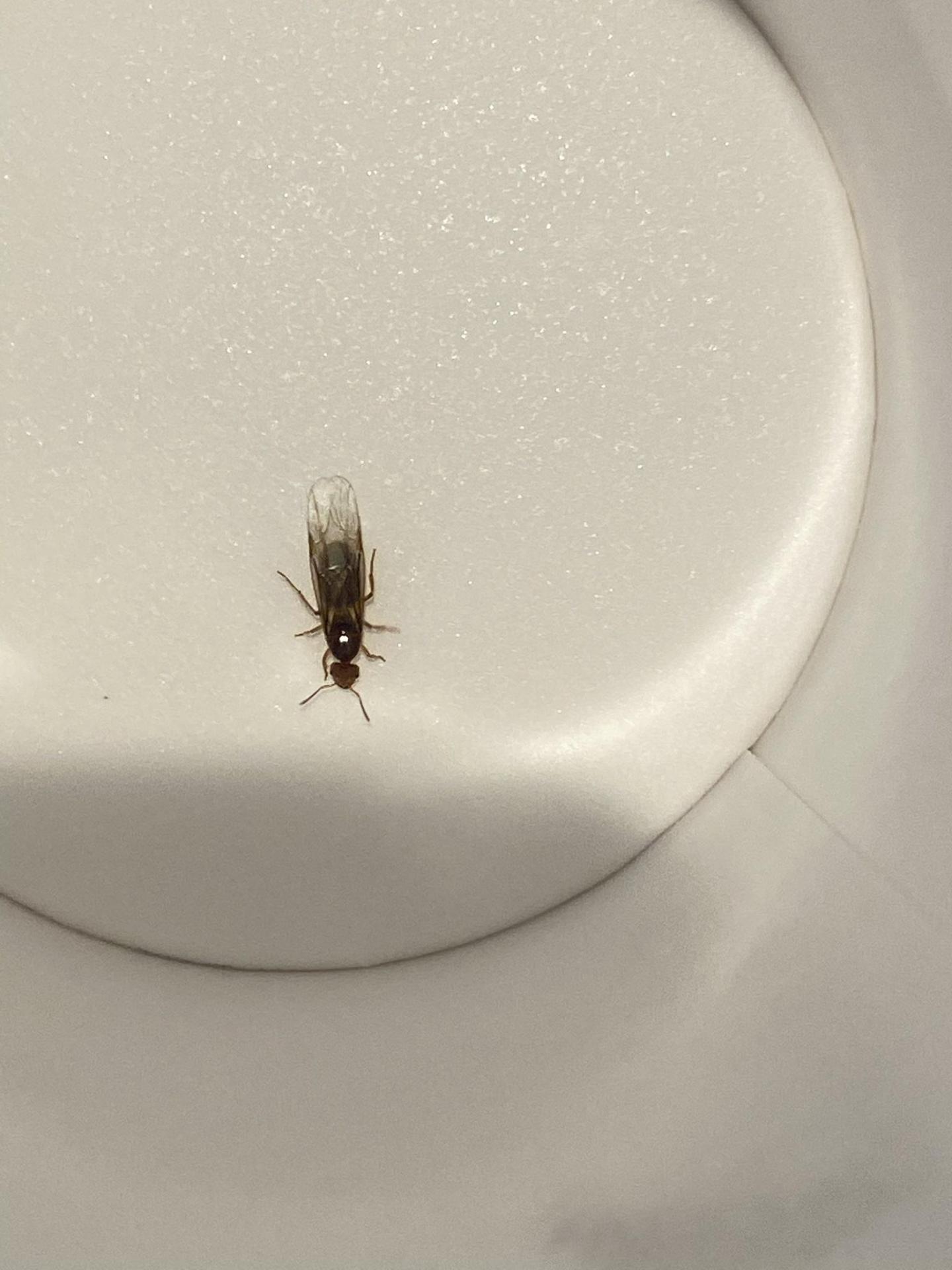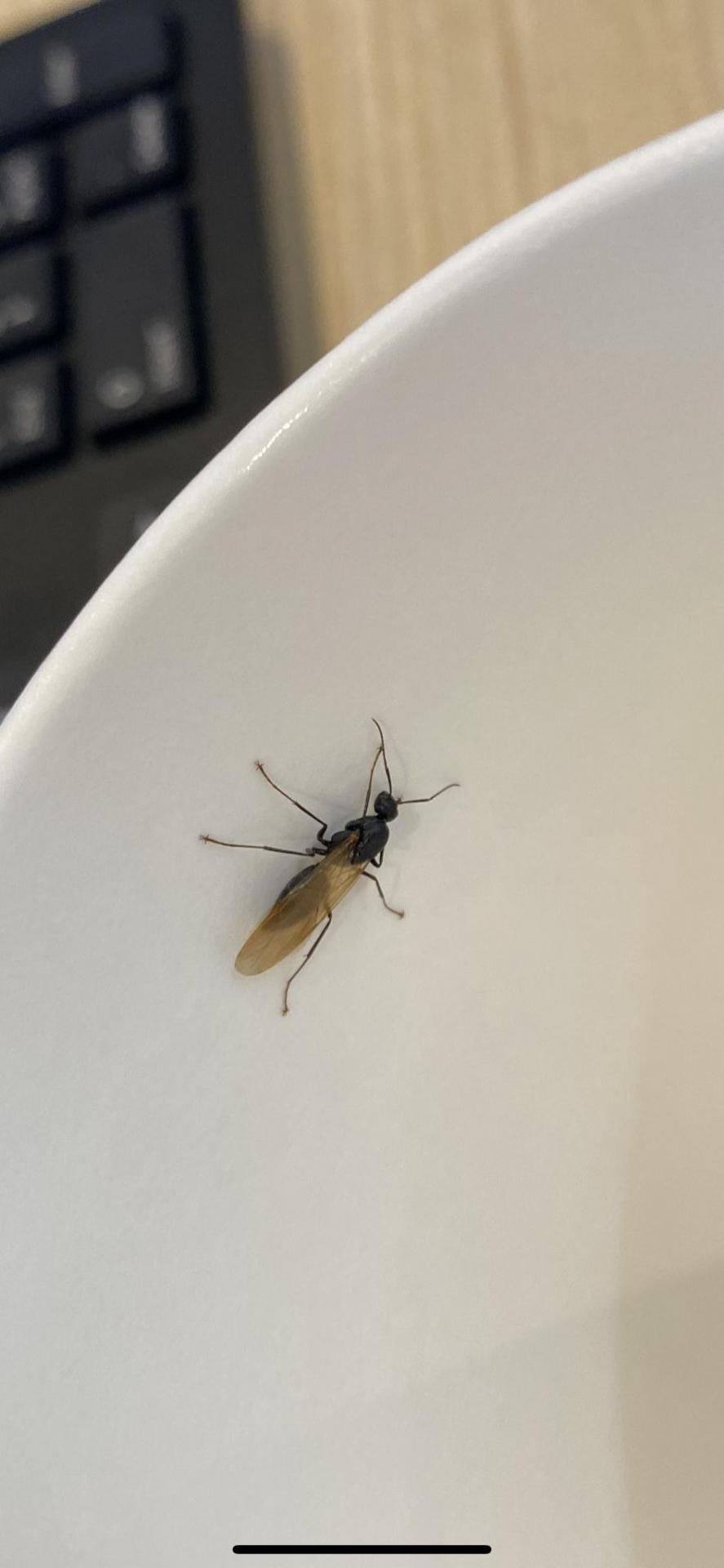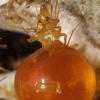New to the hobby, and after buying a queen from an AC Gan Farmer I had some random luck with a late nuptial flight. With it being late in the season what are the chances these (potential) Queen Alates have been fertilized?
1. I found two of the same species late in the season here in Minnesota. They were found in the city so I suspect possibly tetramorium caespitum.
2. Date found 9/22/2020. Unusually warm weather for this time of year for Minnesota. Well into the 80's.
3. Habitat was near a hotel. Found on pavement next to mulch.
4. Length 7-9mm
5. Dark Brown with lighter legs.
6. Head shape is kind of like a triangle?
7. Wings still attached. Possibly a late nuptial flight giving her a small chance of being fertilized?
8. N/A did not find nest.
9. I caught the two flying around, and then landing around 8pm. Did not notice the colony at all as I assume it is further into the mulch.
The last picture attached I believe is a Carpenter Ant Male. If someone could confirm it would be appreciated!
Thanks in advance!
-AA420



